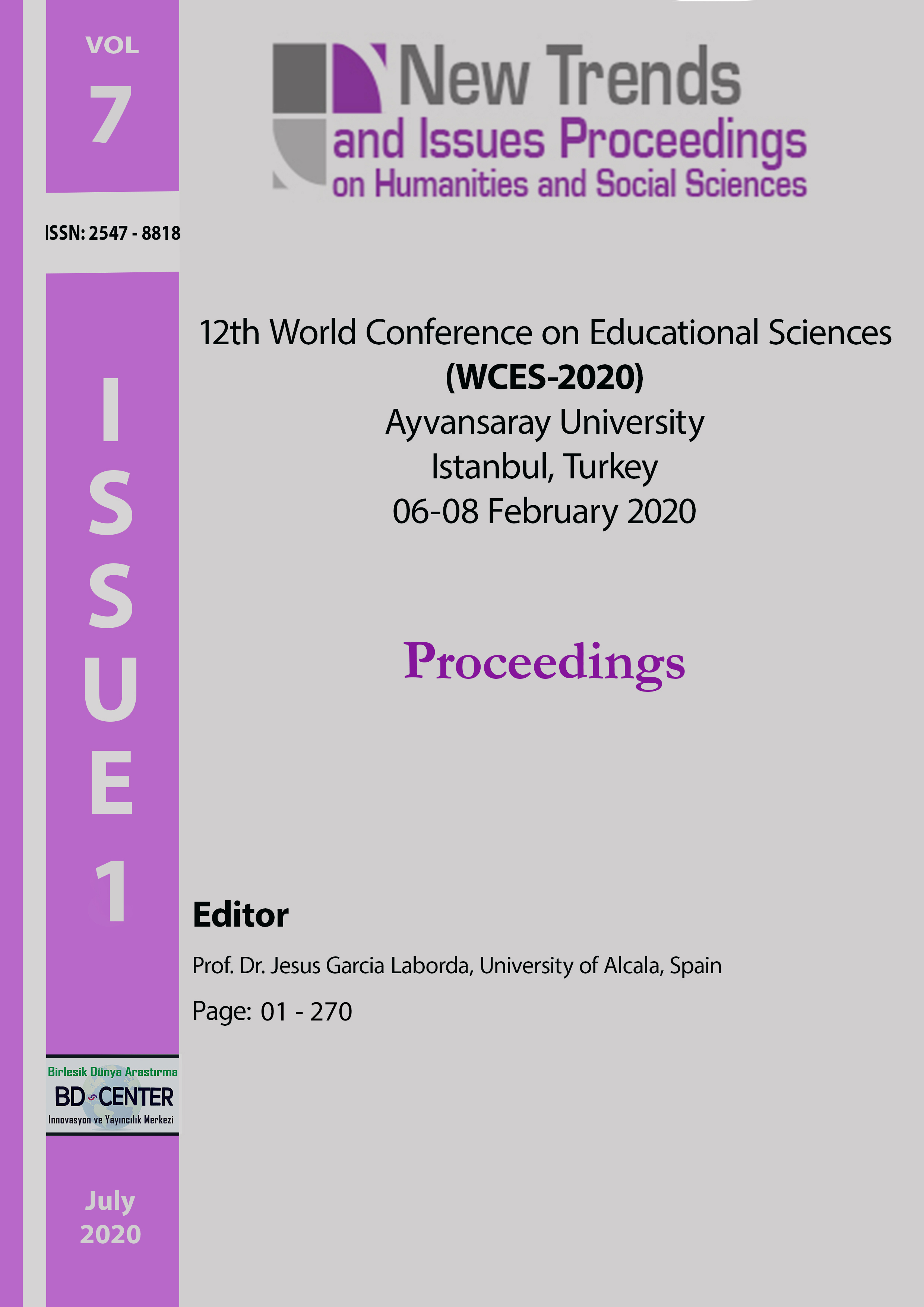Designing an archaeology centre for students
Main Article Content
Abstract
This paper is about the interdisciplinary approach to the interior architecture studio education. The second year Interior Architecture and Environmental Design at the Faculty of Fine Arts and Design at the Izmir University of Economics, Izmir, Turkey, was given the task of designing a modular living unit for archaeology students. The brief expected the design of a living unit for students out of two- and three-dimensional modules. There were three aims of the project: first, the advantages of the process being interdisciplinary and collaborative working closely with the archaeology centre; second, the role of modularity introduced at the interior scale; and third, the structure of the semester enabling an understanding of the interior architecture process, delivered at the second year level. In the paper, the means by which the aims are fulfilled will be discussed with examples from students’ projects, and furthermore, directions for research are discussed with an emphasis on design thinking.
Keywords: Interior architecture education, design education, design process, design thinking, archaeology.
Downloads
Article Details

This work is licensed under a Creative Commons Attribution 4.0 International License.
Authors who publish with this journal agree to the following terms:- Authors retain copyright and grant the journal right of first publication with the work simultaneously licensed under a Creative Commons Attribution License that allows others to share the work with an acknowledgement of the work's authorship and initial publication in this journal.
- Authors are able to enter into separate, additional contractual arrangements for the non-exclusive distribution of the journal's published version of the work (e.g., post it to an institutional repository or publish it in a book), with an acknowledgement of its initial publication in this journal.
- Authors are permitted and encouraged to post their work online (e.g., in institutional repositories or on their website) prior to and during the submission process, as it can lead to productive exchanges, as well as earlier and greater citation of published work (See The Effect of Open Access).
